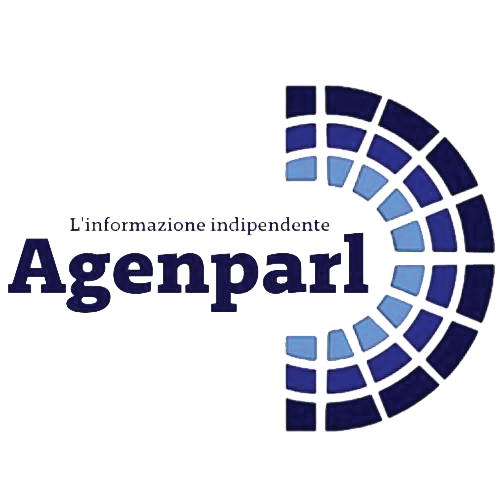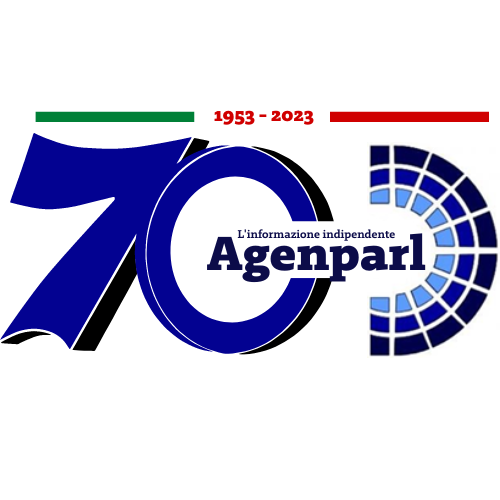 (AGENPARL) - Roma, 24 Novembre 2025
(AGENPARL) - Roma, 24 Novembre 2025(AGENPARL) – Mon 24 November 2025 Screenshot (124).png
Machine-translated versions are also available in all EU languages on the EFSA website
Between 6 September and 14 November 2025, 1,443 detections of highly pathogenic avian influenza (HPAI) A(H5) viruses were reported in wild birds across 26 European countries – four times higher than the same period in 2024 and the highest since at least 2016.
Waterfowl in various parts of Europe were heavily affected by HPAI during this period, including detections in apparently healthy wild birds, resulting in widespread environmental contamination. There were also high-mortality outbreaks in common cranes in Germany, France and Spain.
The vast majority of HPAI virus detections (99%) were reported as A(H5N1), and most were of a new variant of a previously circulating strain that was introduced into Europe from the east before rapidly spreading westward.
Among other measures, enhanced surveillance for early detection and robust biosecurity on farms are urgently required to prevent the introduction of HPAI in domestic birds and onward spread among poultry establishments.
Recommended measures
Depending on their role, EFSA advises national, regional and local authorities, those involved in domestic poultry production and wild bird management, and those responsible for mammals at risk of avian influenza, to implement the following actions.
· Maintain high biosecurity in establishments keeping domestic birds, during both normal production and culling operations.
· Issue housing orders for domestic birds in areas with confirmed HPAI in wild birds or mass mortality events.
· Enhance surveillance in domestic birds to ensure early detection of infection in poultry establishments.
· Focus wild bird surveillance on wetland areas and migratory stopover sites within and outside Europe.
· Include wildlife rescue or rehabilitation centres in surveillance and ensure adequate biosecurity.
· Avoid artificial feeding of wild birds – especially cranes and swans – during high‑risk periods to reduce crowding and transmission risk.
· Remove wild bird carcasses promptly to reduce contamination of the environment with HPAI and prevent infection of other wild or domestic birds and mammals.
· Minimise disturbance of wild bird populations (e.g. hunting, leisure activities, drones) to limit further dispersal of the virus.
Monitoring and awareness-raising tools
· EFSA’s Bird Flu Radar can be used to monitor the probability of the introduction of HPAI virus in wild bird populations in Europe over space and time.
· In September 2025, EFSA and the European Commission published the #NoBirdFlu communication toolkit – practical, ready‑to‑use materials (posters, infographic, stickers, social media posts) available in all EU languages to support farmers and veterinarians in implementing biosecurity on poultry farms.
Links to science:
————————————————————
Should you wash fruit even if you don’t eat the peel? Would you dare eat cricket-based hamburgers? Do you trust the food you eat?
Keen to find out more about the science behind safe food? Then welcome to ‘Science on the menu’, a podcast produced by the European Food Safety Authority, EFSA. We are a European agency located in Parma, Italy, that assesses and communicates on food risks. Each episode will tell you more about the work done to ensure that food across the European Union is safe. Come join us at our table for Science on the menu.
For inquiries please contact:
EFSA Press:
______________________
European Food Safety Authority, Via Carlo Magno 1/a, Parma, . 43126 Italy
